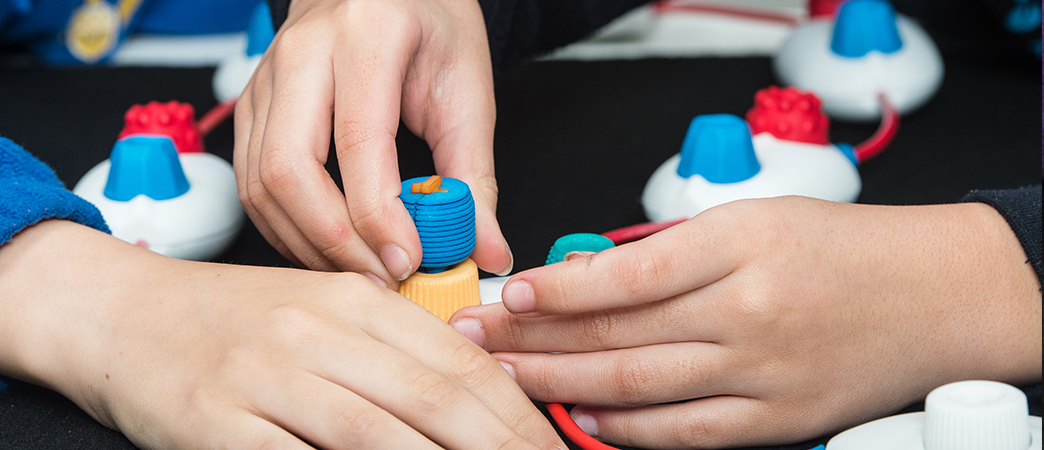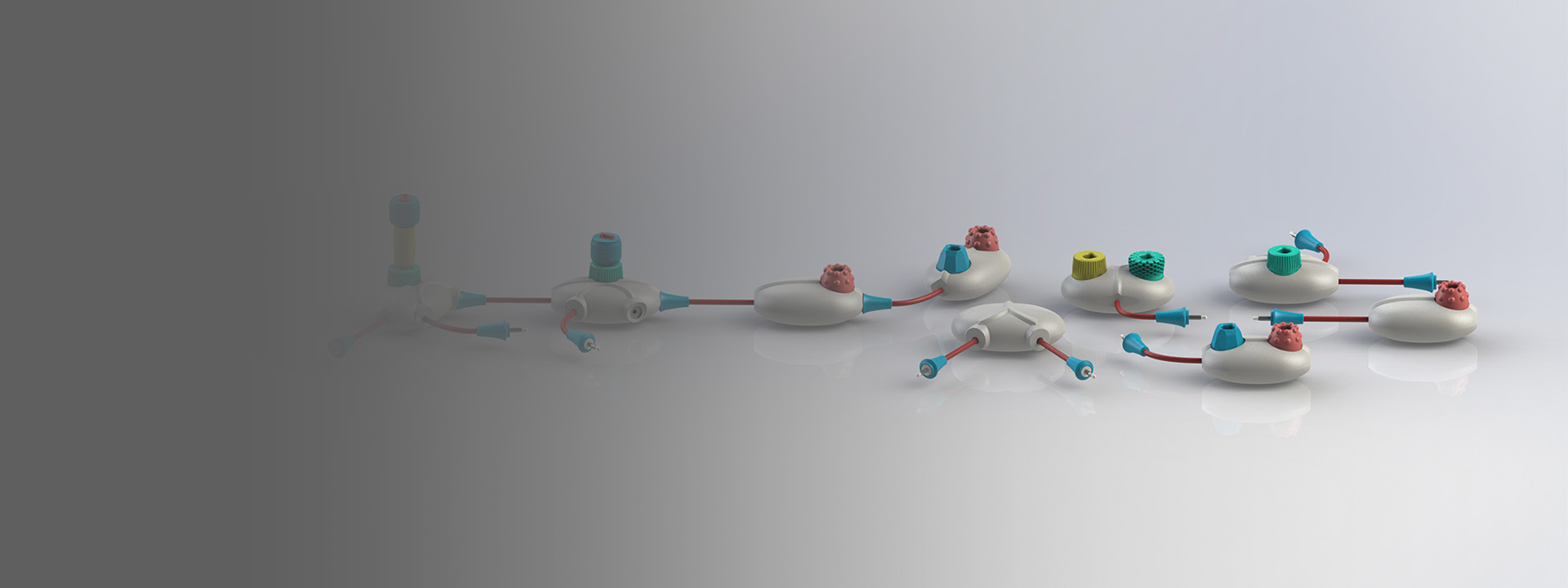
Project Torino led to the development of a new product called Code Jumper. And on Tuesday, January 22, 2019, Microsoft announced plans to transfer the research and technology behind Code Jumper to the American Printing House for the Blind (opens in new tab), a nonprofit based in Louisville, Kentucky, that creates and distributes products and services for people who are blind or with low vision. Over the next five years, APH plans to offer Code Jumper and related curriculum to students throughout the world, with a target audience of students who are 7 to 11 years old. Read more… (opens in new tab)
An inclusive physical programming language for children with vision impairments

Because technology is embedded in every aspect of daily life, computer science education in schools is a growing focus. In recent years, there’s a movement to teach children both computational thinking as well as how to code. This drive has motivated the development of programming languages specifically for children, so they can learn coding both within and outside of school. The vast majority of these existing languages require vision to either enter code (for example, through drag and drop) or experience the result of running the code (such as by watching an animation of robots moving). As a result, there are no programming languages for children that work for those with no or low vision.

In this project, we are designing a physical programming language for teaching computational thinking skills and basic programming concepts to children ages 7–11, regardless of their level of vision. To do so, this project follows a user-centered design approach, using iterative development and deployment of prototype technology with targeted users. The result will help children of all visual abilities acquire important computational thinking skills, and provide learning experiences that are imaginative, engaging, and fun for all.
The team is continuing developments of the technology and is now working with the Royal National Institute of Blind People (opens in new tab) (RNIB) to conduct an expanded beta trial with approximately 100 children in Autumn 2017. To find out more about the Beta trial, or to get involved, visit https://aka.ms/torinobeta (opens in new tab).
We would like to thank the following people for their contribution to this project: Zahra Ashktorab (opens in new tab), Alan Blackwell (opens in new tab), Darren Edge (opens in new tab), Yuki Machida, Oscar Salandin (opens in new tab), David Sweeney (opens in new tab), and Eloise Taysom (opens in new tab).
Photos by Jonathan Banks

